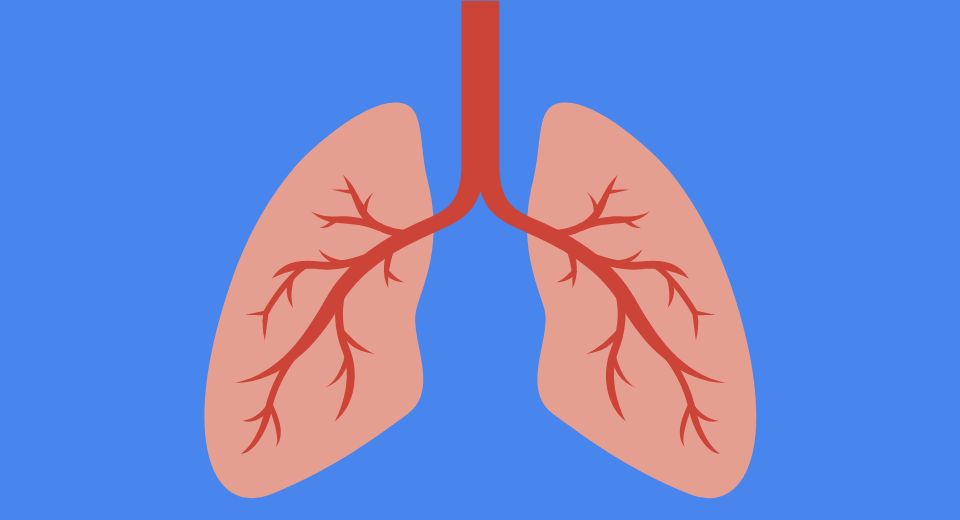Every year, on March 24th, the world comes together to commemorate World Tuberculosis (TB) Day. This day serves as a reminder of the ongoing battle against one of the oldest and deadliest infectious diseases known to humankind. Tuberculosis, often referred to simply as TB, remains a significant global health concern, claiming millions of lives annually. Understanding this disease—from its signs and diagnosis to prevention and treatment—is crucial in our collective efforts to combat its spread and impact. This year’s theme is YES! We can End TB.
What is Tuberculosis?
Tuberculosis is an infectious disease caused by the bacterium Mycobacterium tuberculosis. It primarily affects the lungs but can also affect other parts of the body, such as the kidneys, spine, and brain. TB is highly contagious and spreads through the air when an infected individual coughs, sneezes, or speaks, making close contact with an infected person a significant risk factor.
Signs and Symptoms
TB can manifest in various ways, and its symptoms may differ depending on the affected area of the body. Common signs and symptoms of pulmonary tuberculosis (TB affecting the lungs) include:
1. Persistent cough lasting more than three weeks
2. Chest pain
3. Coughing up blood or sputum
4. Fatigue
5. Fever
6. Night sweats
7. Loss of appetite
8. Unintentional weight loss
Diagnosis
Diagnosing tuberculosis involves a combination of clinical evaluation, imaging tests, and laboratory tests. Physicians may order the following tests to confirm TB:
1. Tuberculin Skin Test (TST): Also known as the Mantoux tuberculin skin test, this involves injecting a small amount of tuberculin under the skin and observing for a reaction within 48 to 72 hours.
2. Interferon-Gamma Release Assays (IGRAs): These blood tests detect the release of interferon-gamma by T-cells in response to *Mycobacterium tuberculosis* antigens.
3. Chest X-ray: Imaging tests such as X-rays help identify abnormalities in the lungs suggestive of TB.
4. Sputum Culture: A sample of sputum (mucus coughed up from the lungs) is collected and cultured to identify the presence of TB bacteria.
Prevention
Preventing the spread of tuberculosis involves various strategies, including:
1. Vaccination: The Bacillus Calmette-Guérin (BCG) vaccine is commonly administered in countries with a high prevalence of TB to prevent severe forms of the disease in children.
2. Infection Control: Proper ventilation, isolation of infected individuals, and the use of personal protective equipment can help reduce the transmission of TB in healthcare settings.
3. Treatment of Latent TB Infection: Individuals with latent TB infection, who have been exposed to TB but do not have active disease, can benefit from preventive therapy to reduce the risk of developing active TB.
4. Education and Awareness: Public health campaigns aimed at raising awareness about TB, its symptoms, and preventive measures play a crucial role in controlling its spread.
Treatment
TB is treatable and curable with antibiotics, but adherence to the prescribed treatment regimen is essential to prevent the development of drug-resistant strains. Standard treatment for drug-sensitive TB typically involves a combination of antibiotics taken for six to nine months. In cases of drug-resistant TB, treatment may be more complex and require longer durations of therapy with second-line drugs.
On this World Tuberculosis Day, let us reaffirm our commitment to combatting this ancient disease. By raising awareness, investing in research, and strengthening healthcare systems, we can work towards a future where tuberculosis no longer poses a threat to public health. Together, we can end TB.
Author: Gabby Gamino, LVN


